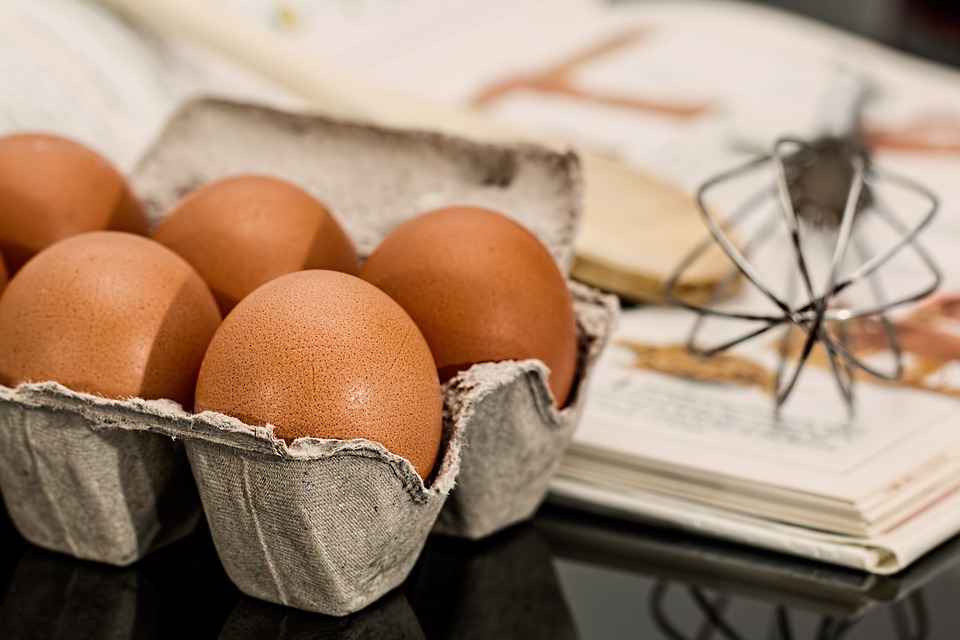Note that your final mark will not be saved in the system.
3.2.1.1 Protein GapFill
You must fill all the gaps before clicking ‘Check Answers!’

Proteins are organic macromolecules built from , bound together into long chains.There are about 20 different amino acids which can combine to make a molecule of protein. Some of the amino acids can be built by the body from scratch – for this reason they are called 'dispensable'. If an amino acid cannot be built by the body from scratch, it is called amino acid and has to be provided as a part of a healthy diet.
There are essential amino acids and if they are all present in a molecule of protein, such protein is called a complete protein and has a . If one or more of the amino acids is missing, the protein is considered protein.
Protein allows us to combine two or more sources of low biological value proteins to make a protein. An example of this is . Complete proteins occur mostly in , but also in and .
Proteins are necessary to build
, enzymes and hormones. They can also be used as a
source of energy – this means that they are only used as a source of energy if other sources (carbohydrates and fats) are not available.
If a person eats too little protein, he or she may develop a disease called
. Too much protein can also be harmful for the body, causing harm to the liver and the kidneys.